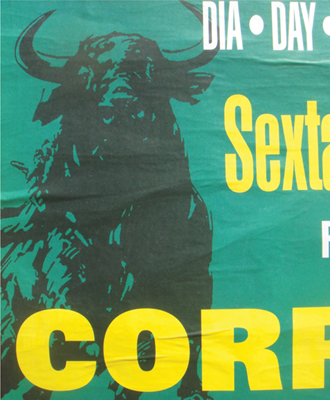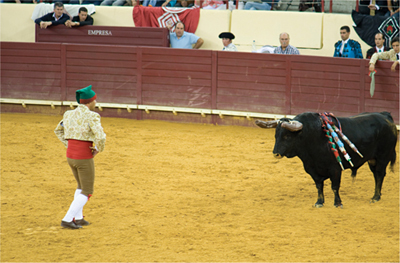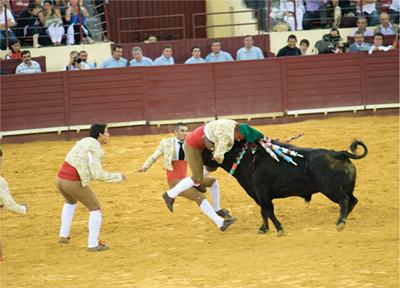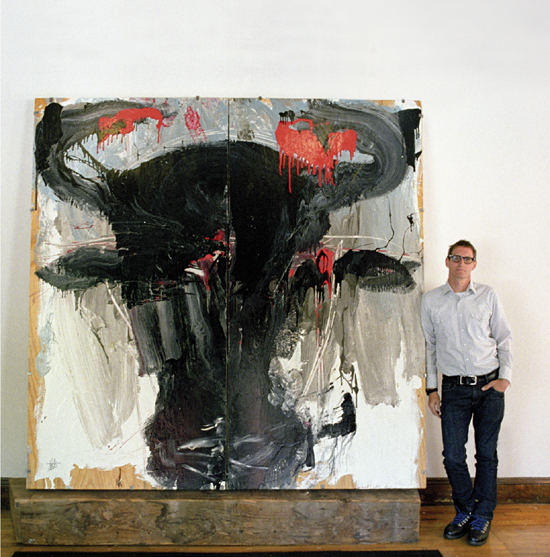I FIND INSPIRATION IN THE DETAILS, THE TEXTURE, THE RHYTHM, THE PLACE.
From my experience, the creative process never sleeps. I process experiences and memories differently than so-called left-brained thinkers who need to rationalize everything. Maybe it’s because I was awful at math in high school, but fortunately I was okay at drawing. I was always trying to do album covers or movie posters, anything other than math.
I can remember images, color, type, textures, and experiences more deeply than something like math. If I’m trying to solve something, I may go for a run, go for a walk down a New York City street, or go to a store or a restaurant and find some inspiration in the details, the texture, the rhythm, the place. I suppose it comes down to how willing you are to be open-minded about what something might represent or communicate.
A few years ago, I went to Portugal at the end of the summer. I stayed at my brother-in-law’s home near the beach in the southern part of Portugal. I’d never been there before. I spent a lot of time looking around in the little village and noticed bullfighting posters around town.
We watched one of the Portuguese bullfights on TV, and it was kind of like seeing an NFL football game here, or a soccer game in the UK. It started with an equestrian riding segment with a rider poking and provoking the bull for about fifteen minutes to get him excited and emotionally charged. Then an individual called a forcado comes out leading a group of men. He’s wearing traditional matador-type gear.
It’s all about the respect of the bull and the family’s respect and responsibility to the bull. It is bloody and scary and gnarly and beautiful, all at once. The forcado takes on the role of taunting the bull and then getting his respect with the help of his trusted partners.
Magnified by the energy of the TV experience, the drawing, and seeing the posters for the real events in the local area my interest started to spin. When we finally got the chance to see a bullfight in person, my 16-year-old son and I went to a little town called Albufeira. The event starts late at night and the location is the equivalent of a rural California stock car race track. We saw people being carried out in stretchers at midnight. It was all so punk rock, and raw, and surreally beautiful.
I started noticing these posters of bullfights and traveling circuses. These local ranches were presenting these bullfights. My relative explained the difference between bullfighting in Portugal and in Spain. In Portugal, you don’t kill the bull—it’s more an equestrian relationship and experience overall, though there is blood, as I soon discovered.
I went to the beach the day after the bullfight and continued drawing. At that point, my sketchpads were filled with images of bulls and forcados. When I returned home, I had to prepare for the annual JDK Design summer staff meeting, which is a daylong event. I always do a presentation about where we’re going as a company. I had an idea about the importance of collaboration in multidisciplinary design and what this meant to JDK. I wanted to get the point across that we should be as masterful as we can at making the experience of design inspiring and that we’re respecting all the people that it takes to create a successful design project. The account person is as important as the designer, as is the production person, as is the client. When a project is really beautiful, it’s because of that harmonic relationship with all those parts.
That was when the sketches of the bulls and the bullfight came into my mind, with the metaphor being the forcado and the supporting group. The design process is the controlling of this wild beast by the forcado and his comrades. It’s all these people working together with their comrades in trying to solve a complex design problem. I saw this as a metaphor for collaboration and trying to come up with powerful ideas together.

After seeing this bullfight on television, I was at the beach with my kids drawing on the sand and I started drawing bulls, and I was thinking of Picasso’s bulls and the imagery I’d just experienced. Then my kids joined in and we were drawing bull families.
I told my team about Portuguese bullfighting and how the forcado and his team worked and how it all related to collaboration. The response was exciting, but risky and scary for me. As creative director, I’m supposed to inspire these eighty-five people, so I wanted to make a point about collaboration that was memorable. I wanted to put myself into a scary, creative position that then harmonized our studio’s energy.
This whole journey went from a trip to Portugal and images of bulls on TV and on street posters, to drawings on the beach with my children, to a midnight bullfight. It was this multidimensional catalog of ideas and images that ended up becoming the catalyst to memorably communicate something that I thought was important and useful to our design culture.
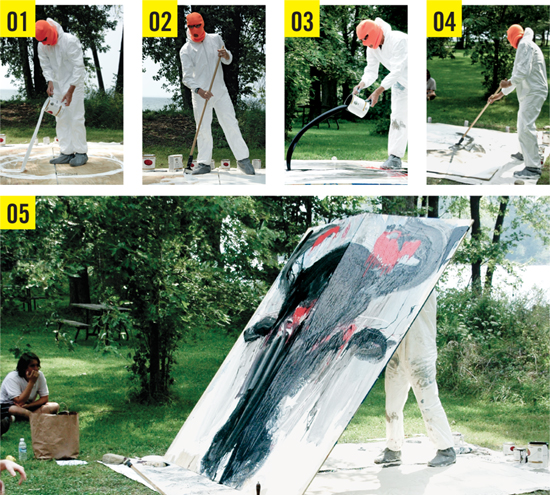

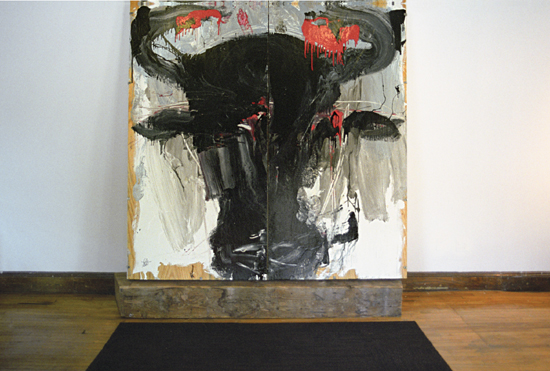
 JAGER DI PAOLA KEMP (JDK) DESIGN
JAGER DI PAOLA KEMP (JDK) DESIGN